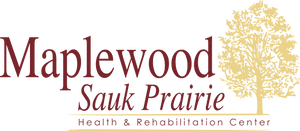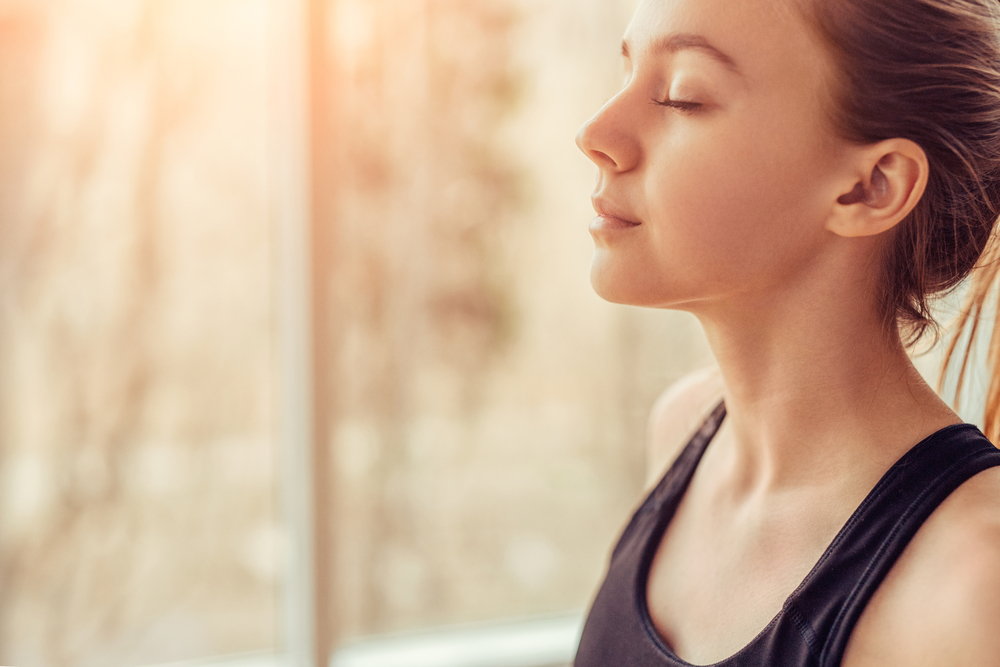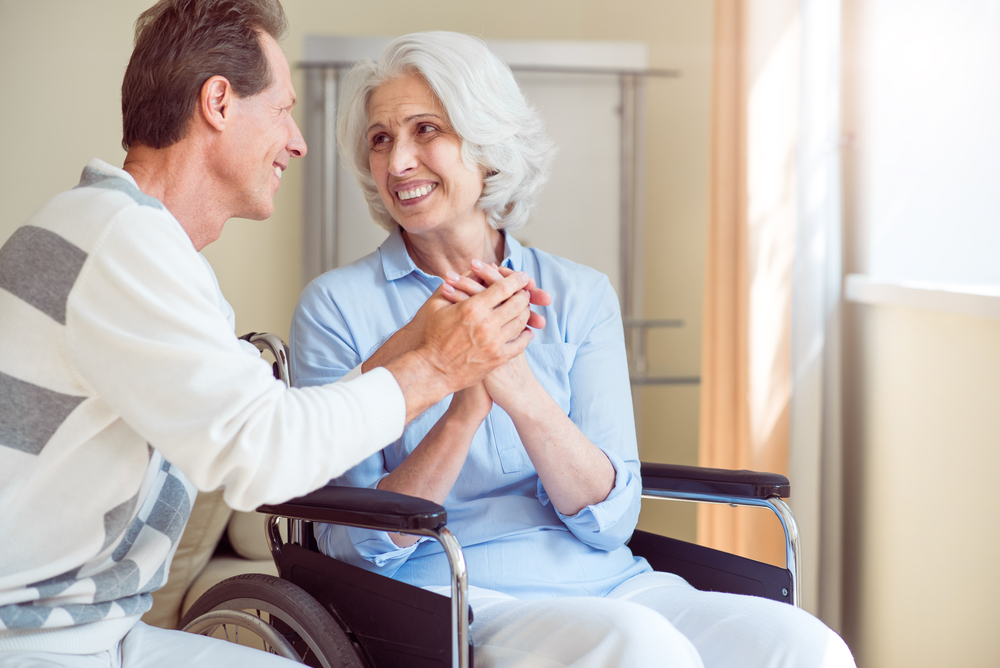
How You Can Help Your Aging Loved Ones Stay in Their Homes Longer
July 13, 2022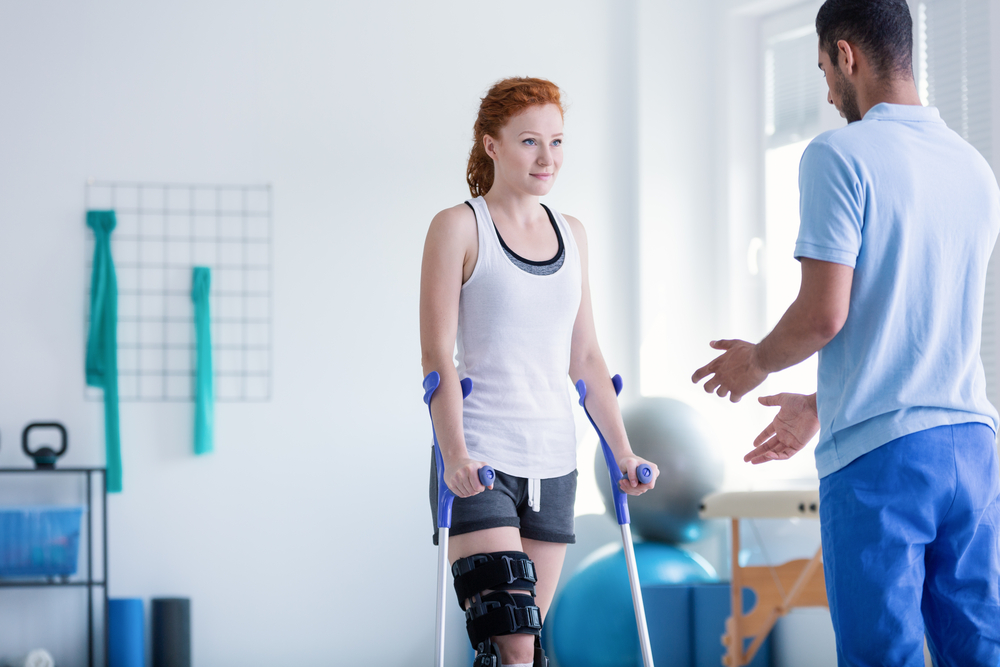
How to Choose a Rehabilitation Center That is Right For You
August 31, 2022Pulmonary rehabilitation is a comprehensive care program for people with chronic lung conditions. Pulmonary rehabilitation aims to improve quality of life and pulmonary fitness while reducing symptoms and the risk of hospitalization. Pulmonary rehabilitation programs typically include exercise training, education about lung health, and counseling to help patients manage their condition.
Who should undergo Pulmonary Rehabilitation?
Pulmonary rehab programs are typically offered to patients suffering from the following conditions:
- COPD: Chronic obstructive pulmonary disease (emphysema and chronic bronchitis).
- Asthma.
- Cystic fibrosis.
- Pulmonary hypertension.
- Interstitial lung disease (sarcoidosis and pulmonary fibrosis).
- Lung cancer and lung cancer surgery.
- Lung volume reduction surgery before and after lung transplantation.
- COVID-19
Goals of Pulmonary Rehabilitation
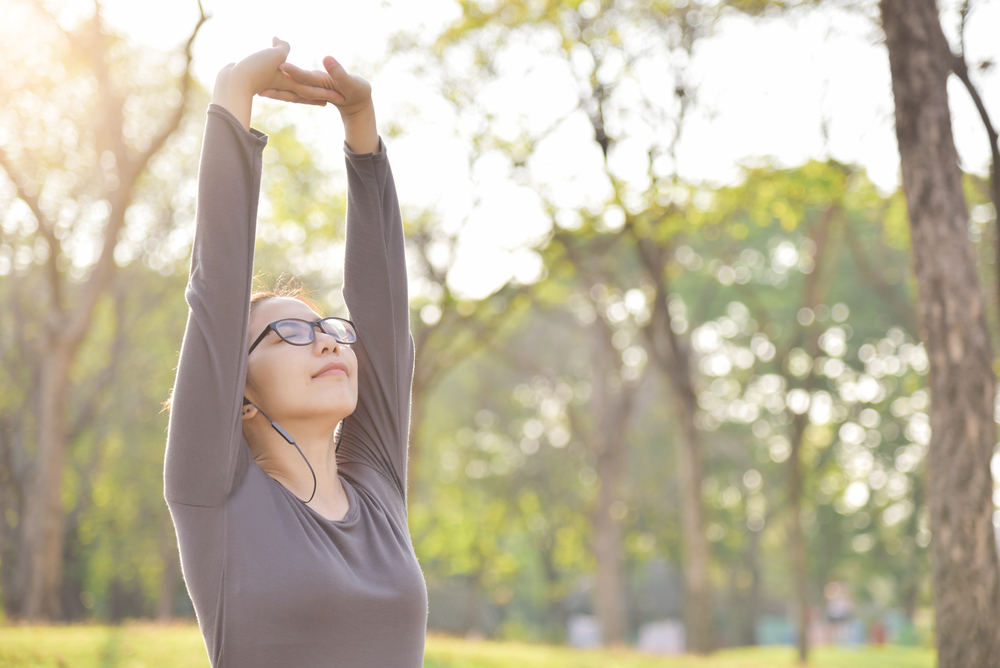
Aids in reducing shortness of breath
Increases the ability to perform activities of daily living such as walking, eating, bathing, going to work, and going out with the family
Improves the overall quality of life
What to expect during Pulmonary Rehab
Pulmonary rehabilitation is supervised by multiple medical professionals such as nurses, respiratory therapists, physical therapists, dieticians, occupational therapists, social workers, psychologists, and/or physicians. These professionals collaborate to design an individualized program that will address the multifaceted needs of the patient. This includes assessment, education, exercise, psychosocial, and nutrition.
Assessment
The following tests may be done before initiating pulmonary rehabilitation.
- Stress test exercise to measure the oxygen level, heart rate, and blood pressure while the patient exercises
- Breathing tests to assess the lung function
- Six-minute walk test to measure how far the patient can tolerate walking in six minutes
Breathing Techniques
The patient is taught techniques to help them breathe properly. Breathing techniques such as pursed lip breathing, yoga breathing, or breathing with computer-aided feedback are designed to control breathing better and prevent the feeling of losing breath. Other breathing techniques are provided to help clear mucus secretions in the lungs.
Education
During Pulmonary rehabilitation, patients are guided with their condition and how to manage it better. The patient may learn about;
- How the lungs function
- Effective ways to take medications
- Recognize signs of flare-ups and develops means to avoid one or manage it
- Learn how to quit smoking healthily
- Conserve energy during daily activities
Psychological Counseling
People with chronic lung diseases often suffer from depression, anxiety, and other emotional problems in addition to their physical symptoms. While medication can help alleviate some of these symptoms, many patients need additional support to manage their condition. Individual or group support can offer patients training in stress management, which can help them to cope with their lung disease more positively and effectively. In addition, support groups can provide an essential source of social and emotional support for patients who may feel isolated and alone.
Exercise Program
Exercises designed to strengthen the back muscles, arms, and legs are the targets of pulmonary rehabilitation. This training can also help the patient develop physical strength and stamina to handle everyday tasks better.
Exercise training can also involve using medications to open the airways or regular oxygen therapy to help the patient perform the exercises efficiently.
Nutrition
Lastly, the patient will be taught ways to prepare healthy foods and guided on healthier food choices. Nutritional counseling ensures that the patient gets the right nutrients in proper amounts. A dietician may also recommend a weight-loss program or nutritional supplements to help the patient build muscle mass.
Where is Pulmonary Rehabilitation done?
Most pulmonary rehabilitation is done at local hospital facilities. Some specialty care facilities also offer this program. There are usually two to three sessions of pulmonary rehabilitation a week for between four and twelve weeks.
Maplewood Sauk Prairie Rehabilitation
It’s not uncommon for individuals, who have gone through a pulmonary rehabilitation program, to require additional ongoing physical therapy.
The physical rehabilitation professionals at Maplewood Sauk Prairie are experienced with a wide variety of rehab treatment options and can work with your medical team.
References:
https://www.lung.org/
https://www.blf.org.uk/
